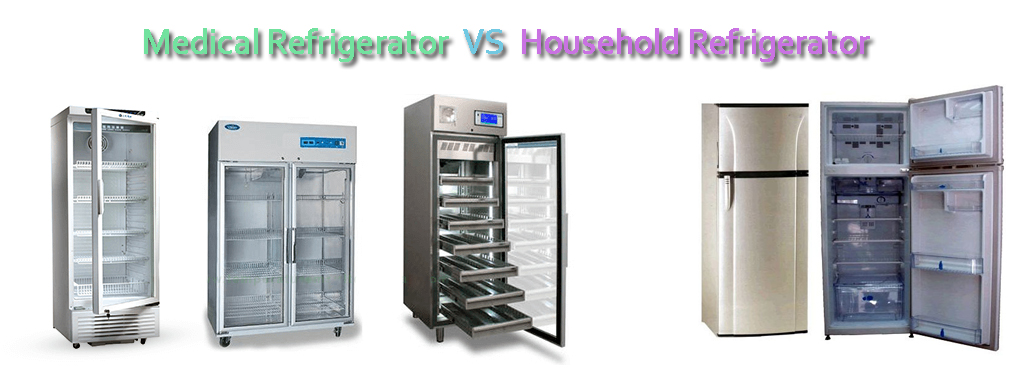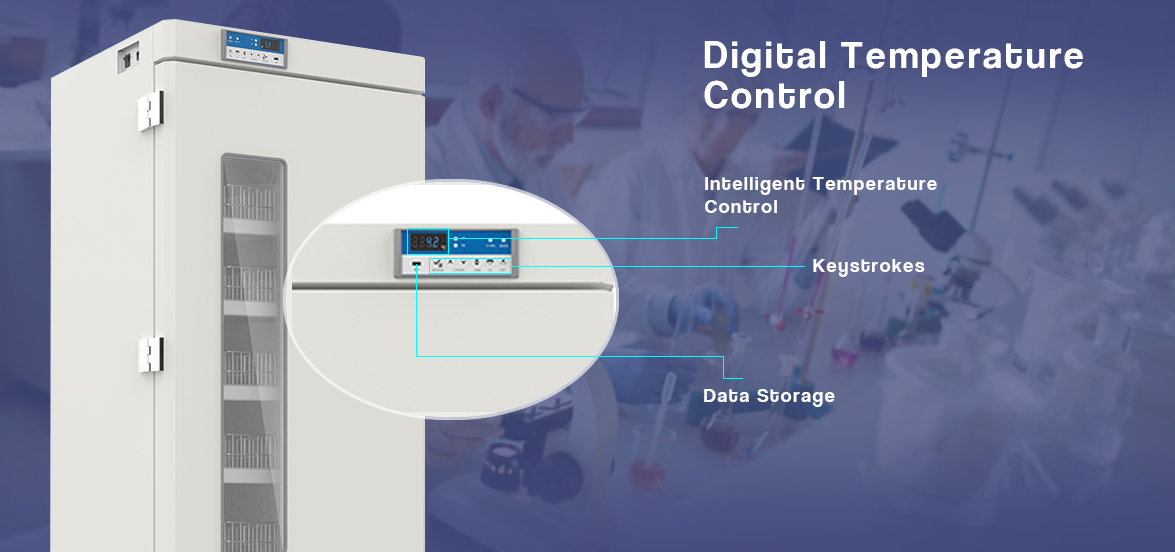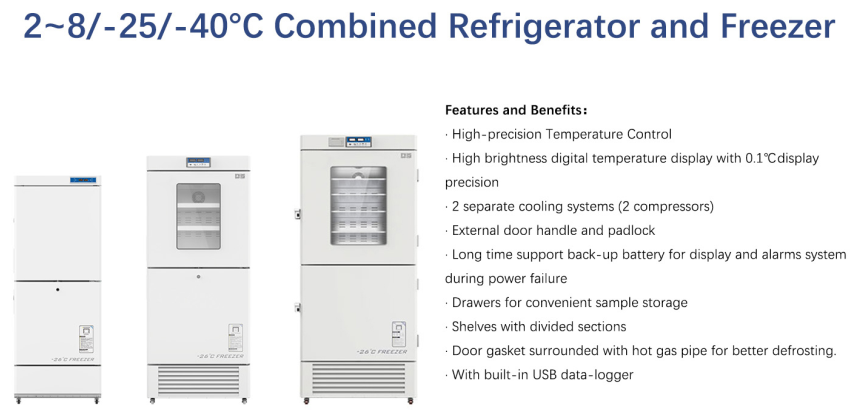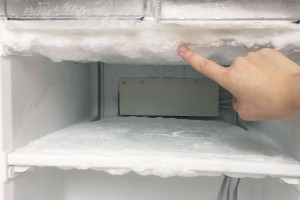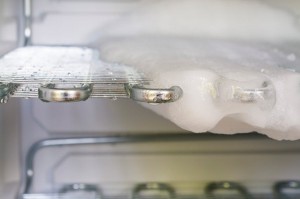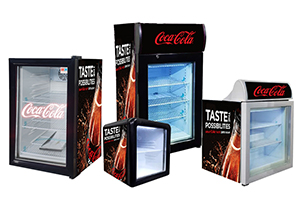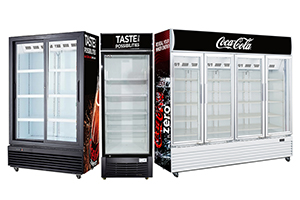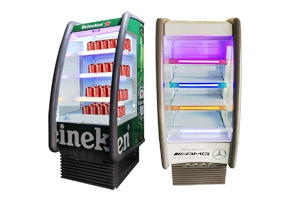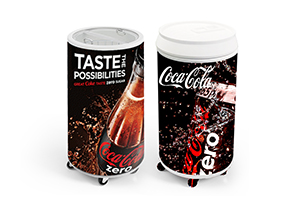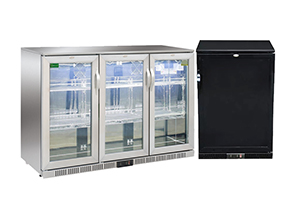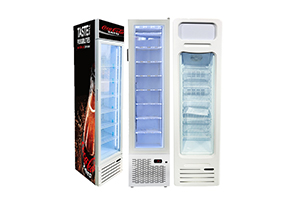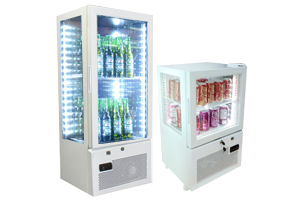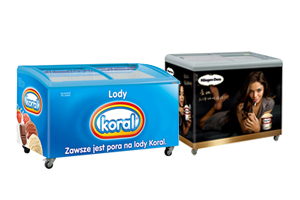Household refrigerators are very familiar to people. They are the most daily used home appliances. While the pharmacy refrigerators are sparsely used by households. Sometimes you can see some glass door pharmacy refrigerators in pharmacy stores. Those pharmacy refrigerators usually are equipped with transparent glass doors, brightly lit and no frost on the doors or anywhere inside. These partially explain well what the difference be like between pharmacy refrigerators and household refrigerators. Still, I'd like to sum up more characteristic difference by comparing these two groups of refrigerators.
Temperature
Ordinary medicines usually can be stored at room temperature between 15°C and 25°C (59°F to 77°F), in a cool, dry place, anyway please go by strictly their specific storage instructions. Pharmacy refrigerators is required to maintain the temperature between 2°C and 8°C (36°F and 46°F). This is a stable temperature range that allows for small fluctuations due to the door being opened. A mid-range setting of 5°C (41°F) is a good rule of thumb. Refrigerated medications should not be frozen.
Temperature Setting Mechanism
Digital thermostat, also named electronic thermostat provides more precise temperature control to refrigerators than mechanical thermostat does. Some household refrigerators also use digital thermostat but medical refrigerators all use digital thermostats. Precising temperature control is critical because vaccines and medications need to be stored at precise temperatures, with very little variation. Most medical refrigerators also come with a precise external temperature display that allows people to see the exact internal temperature without opening the refrigerator. This display can even show the minimum and maximum internal temperatures as well as the current temperature. This kind of medical refrigerators are equipped with data logger or mechanical chart recorder for temperature logging.
Further, their temperature settings also are different. Household refrigerators come with a set range of acceptable temperatures, while many medical refrigerators have a wider range of available temperatures. This accommodates things that need to be stored at much colder temperatures. Colder champers in medical refrigerators usually are applied to temperatures such as -20 °C, -40°C or -80°C. While household freezers usually have a bottom temperature of -18°C.
Nenwell also supply -152°C deep freezing medical refrigerator (https://www.nenwell.com/ultra-low-temperature-chest-freezer-product )
Ventilation and Airflow
Household refrigerators use either direct cooling system or air-cooling system. But medical refrigerators all use air cooling, and some of them use reinforced air cooling. Direct cooling can create uneven temperatures throughout the cavity. So, direct cooling is not a option for medical refrigerator. In air cooling system, active fans help reduce the temperature quickly after the door is opened. Medical refrigerators also tend to have wire shelving that increases airflow, while household refrigerators have glass or plastic shelving that is easier to clean but blocks air. The ducting on medical refrigerators is also optimized for temperature uniformity, being designed to keep the temperature as close as possible to the point it's set to. Household refrigerators also tend to have crisper bins that, while useful for food storage, also block airflow and create temperature dark spots.
Mechanical Features
Medical refrigerators tend to have self-closing doors and highly sensitive door alarms because leaving a medical refrigerator's door open can be truly disastrous and have lasting impacts on the health of hundreds of patients. Household refrigerators tend not to have these features. It's also common for medical refrigerators to have keyed locks on their doors, which is an exceedingly rare trait in household refrigerators, as well as step to open door pedals. Household refrigerators come with standard plugs which can be easily knocked out of walls, while medical fridges usually have "green dot" plugs and medical-grade cords to keep the power flow steady. Medical refrigerators also have higher-grade seals in their doors, preventing ingress of air inside.
Read Other Posts
What Is Defrost System In Commercial Refrigerator?
Many people have ever heard of the term “defrost” when using the commercial refrigerator. If you’ve had used your fridge or freezer for a while, over time...
Proper Food Storage Is Important To Prevent Cross Contamination...
Improper food storage in the refrigerator can lead to cross-contamination, which would ultimately cause serious health problems such as food poisoning and food ...
How To Prevent Your Commercial Refrigerators From Excessive...
Commercial refrigerators are the essential appliances and tools of many retail stores and restaurants, for a variety of different stored products that are usually merchandised...
Our Products
Post time: Mar-01-2023 Views:

